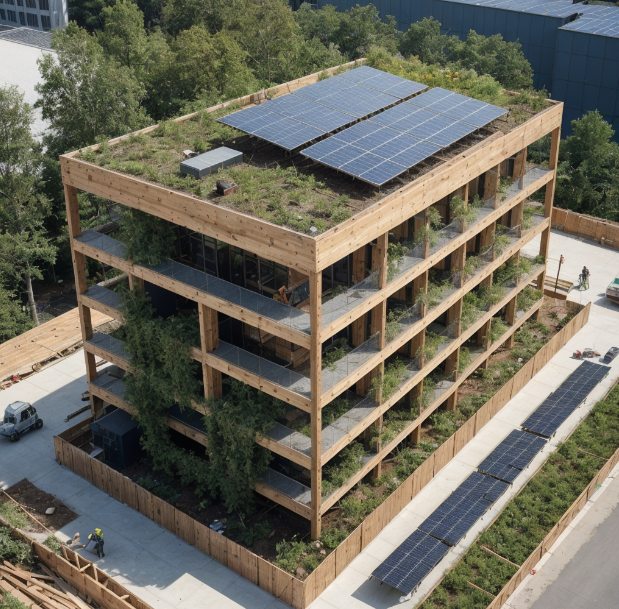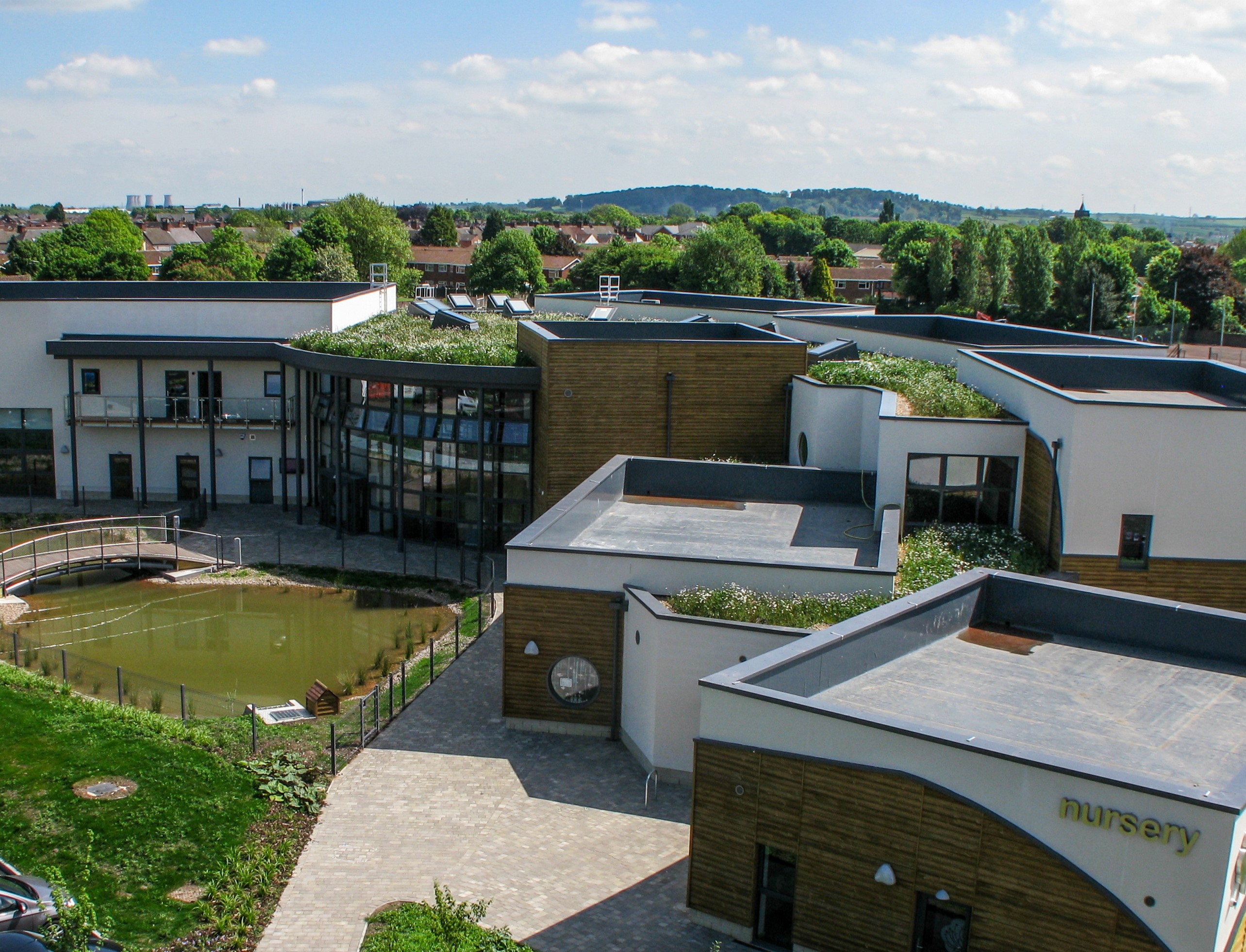Top Architectural Trends in 2024
As the architectural landscape continues to evolve, 2024 brings a wave of innovative trends that are reshaping the way we design and build our spaces. From sustainable practices to cutting-edge technologies, the industry is poised for significant transformations. In this article, we dive into the most influential and groundbreaking architectural trends of 2024. Whether you're an architect, developer, or simply an enthusiast, these insights will keep you ahead of the curve in the ever-changing world of architecture.
1. Net-Zero Energy Buildings: A 2024 Imperative
.1720014503.png)
Embracing Renewable Energy and Efficiency
The movement towards net-zero energy buildings has accelerated in 2024. These structures are designed to produce as much energy as they consume, primarily through renewable sources like solar and wind. Key features include advanced insulation, energy-efficient windows, and smart building systems that monitor and adjust energy usage. Additionally, green roofs can significantly contribute to net-zero goals by providing natural insulation, reducing energy consumption, and enhancing biodiversity.
The positive environmental impact of net-zero buildings is profound. By minimizing reliance on fossil fuels, these buildings help reduce greenhouse gas emissions, mitigate urban heat islands, and promote cleaner air quality. Nottingham University exemplifies this success. Their CSC Building, designed with efficiency, renewable energy, and green roofs, not only achieved net-zero status but also positively contributed to the environment. This innovative design resulted in energy savings and a greener campus, demonstrating how thoughtful architectural choices can lead to sustainable and resilient urban spaces.
ICB Projects offers comprehensive solutions, including solar PV installations and green roofs, ensuring your projects meet these energy-efficient standards. Learn more about the Nottingham University case study and discover how integrating green roofs into your designs can achieve remarkable environmental benefits here. - Green Roof Case Study - CSC Building, Nottingham University (icbprojects.co.uk)
2. Biophilic Design: The Nature Connection in 2024

Integrating Natural Elements for Well-being
Biophilic design will likely become a central theme in 2024, emphasizing the human-nature connection. This approach involves integrating natural light, vegetation, natural materials, and nature views into building design. The benefits extend beyond aesthetics, offering psychological and physical health benefits, such as reduced stress levels and improved air quality, making spaces more nurturing and productive.
ICB Projects can assist with green walls and green roofs to enhance your biophilic design projects.
3. Green Roofs and Living Walls: 2024’s Urban Oasis

Creating Green Spaces in Urban Environments
Green roofs and living walls are set to transform urban landscapes in 2024. These features act as natural insulation, reduce urban heat islands, improve air quality, and increase biodiversity. They also provide aesthetically pleasing spaces for urban dwellers to connect with nature, addressing the psychological need for greenery in densely populated areas. ICB Projects specializes in designing and installing green roofs and living walls, making urban environments healthier and more beautiful.
Check out this amazing green project The Durley Environmental Innovation Hub is a ground-breaking concept – an inspiring, new public education destination dedicated to achieving a step-change in reducing waste and eliminating single-use packaging along Bournemouth, Christchurch and Poole’s beautiful seafront. The project also had minimal impact on the surrounding area, taking influence from the local environment and the heritage of the site.
See how we can help you, download our brochure here.
4. Sustainable Materials: The 2024 Building Blocks

Innovations in Eco-Friendly Construction Resources
The focus on sustainable materials is expected to intensify, with innovations in eco-friendly resources like bamboo, reclaimed wood, and recycled steel and plastic. These materials not only lower the environmental impact but also often offer superior performance and durability. The use of non-toxic paints and adhesives will also be a priority, improving indoor air quality and occupant health. Partner with ICB Projects for the supply and installation of cutting-edge sustainable materials in your construction projects.
5. Climate-Resilient Design: 2024’s Architectural Mandate

Building for a Changing Climate
Climate-resilient design will be crucial in 2024, as architects and planners anticipate the impacts of climate change. This includes designing buildings that can withstand extreme weather conditions, such as floods, hurricanes, and heatwaves. Incorporating elevated structures, flood-resistant materials, and efficient water management systems will be key strategies in creating buildings that are both sustainable and resilient.
6. Biodiversity Net Gain (BNG) Design

Enhancing Urban Ecology
By 2050, London is predicted to house over 11 million residents. The London Environment Strategy underscores the need for environmental improvements to support this growth. BNG, introduced by the UK government as part of the Environment Act in 2021, mandates a minimum of 10% increase in ecological assets post-development. This approach supports urban greening and climate change mitigation.
ICB Projects can help integrate green infrastructure into your projects, ensuring compliance and promoting a greener urban environment.
| Project | Scientia Academy |
|---|---|
| Location | Burton-on-Trent |
| Products | Evalon V, wildflower green roof |
| Sector | Education |
Green Roof Case Study - Scientia Academy, Burton-on-Trent (icbprojects.co.uk)























